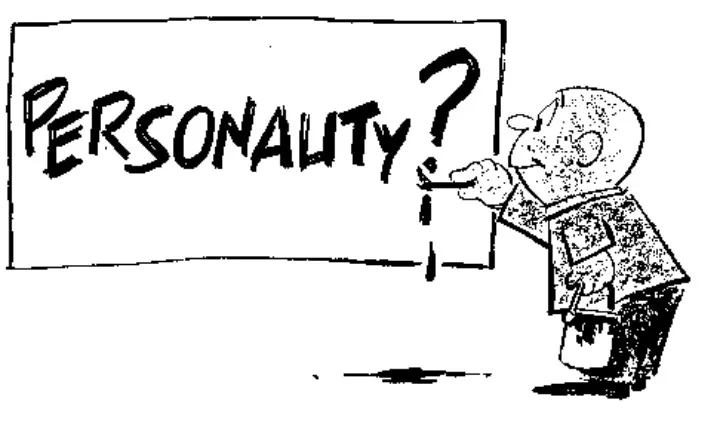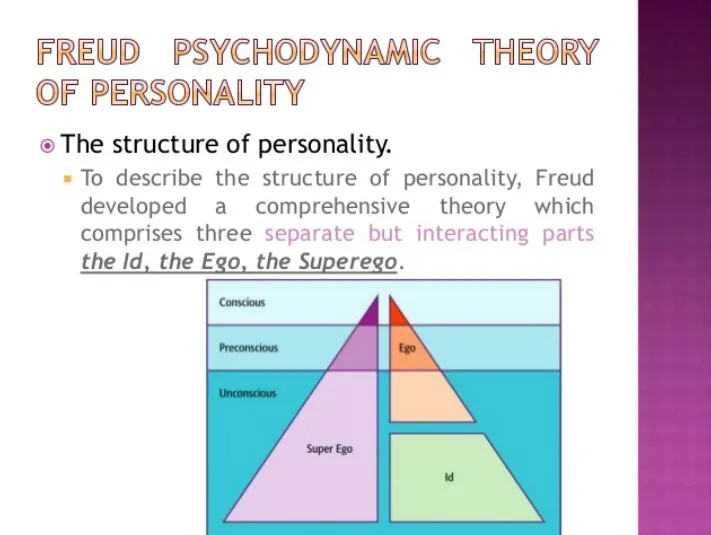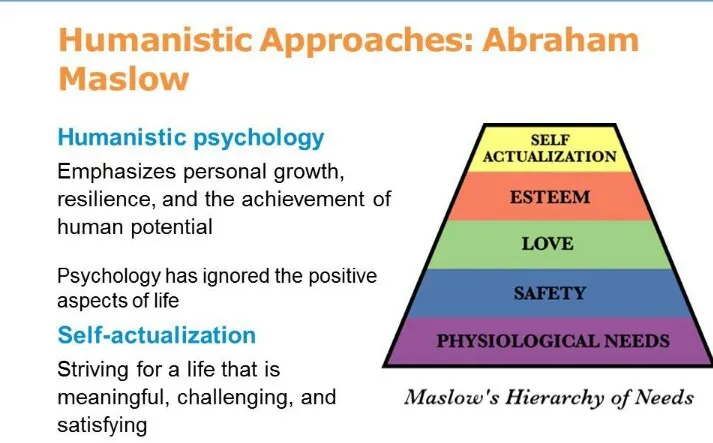There are many psychologists who have their own thoughts on personality and where one’s personality comes from but they do not agree on a single answer. A simple definition of personality that encompasses some common ideas is that it represents how one thinks and behaves as an individual. In this regard, it can also be said to characterise a person’s emotional demeanour.

childpsych.umwblogs.org
These aspects of one’s personality are generally consistent. The way personality traits are presented to others is the only way that an individual’s personality can be observed. Personality is not the physical appearance but rather what makes one emotionally different from another.
As there are so many theories one can choose from to digest and discuss, for now I thought I'll introduce two personality theories and will compare and contrast them. The chosen two are as follows:
Psychodynamic theory: This theory suggests that personality is significantly a result of unconsciousness. It is hinged on the dynamic relationship between unconscious and conscious drives; suggesting that a person does not have control of his or her mind nor is a master of their own mind. Of particular emphasis in psychodynamic theory is the idea that events and behaviour from an individual’s childhood affect the choices and behaviour of the individual in adulthood. Examples include how an individual approaches conflict and manages desires.

slideshare.net
Humanistic theory: This theory suggests personality to be a conscious result of control by the individual. The individual creates their own destiny and has free will. The humanistic approach emphasises the existential and interpersonal such as values, choices, purpose and the concept of self motivation as a deliberate characteristic by which an individual may pursue self improvement or attempt to reach their potential.

youtube.com
The main identifying features of Freud’s psychodynamic theory are tabulated in the first column of Table 1 below. Each entry is paired by an entry in the second column that illustrates the comparison with the Humanistic theory:
| Psychodynamic theory | Humanistic theory |
|---|---|
| Psychodynamic theory argues that behaviour is a result of unconscious force. | Humanistic theory suggests that human nature strives towards personal growth as a matter of conscious effort. |
| Psychodynamic theory suggests that an adult’s personality is strongly defined by their childhood experiences. | Humanistic theory promotes the idea that humans have free will and direct their own course of action without strong influence from childhood experiences. |
| Psychodynamic theory describes how an individual’s personality is shaped by the way they cope with their urges; especially those of a sexual nature. | Humanistic theory advocates the conscious and rational traits of a being, not irrational needs and urges. |
The basis of psychodynamic theory is that human behaviour and personality is not controlled by an individual’s consciousness but rather is the outcome of three components illustrated by the research of Sigmund Freud. I'll address these components later. In contrast to this, the humanistic theory suggests that a human being has unique qualities in their personality that come about through their free will and deliberate self development.
To contrast these differences, the theories have to be outlined in some depth, but as delving into personalities are a big topic in themselves let alone how in depth these two theories can be I will be making this introduction as part one of three. keep a look out for part two on Psychodynamic theory.